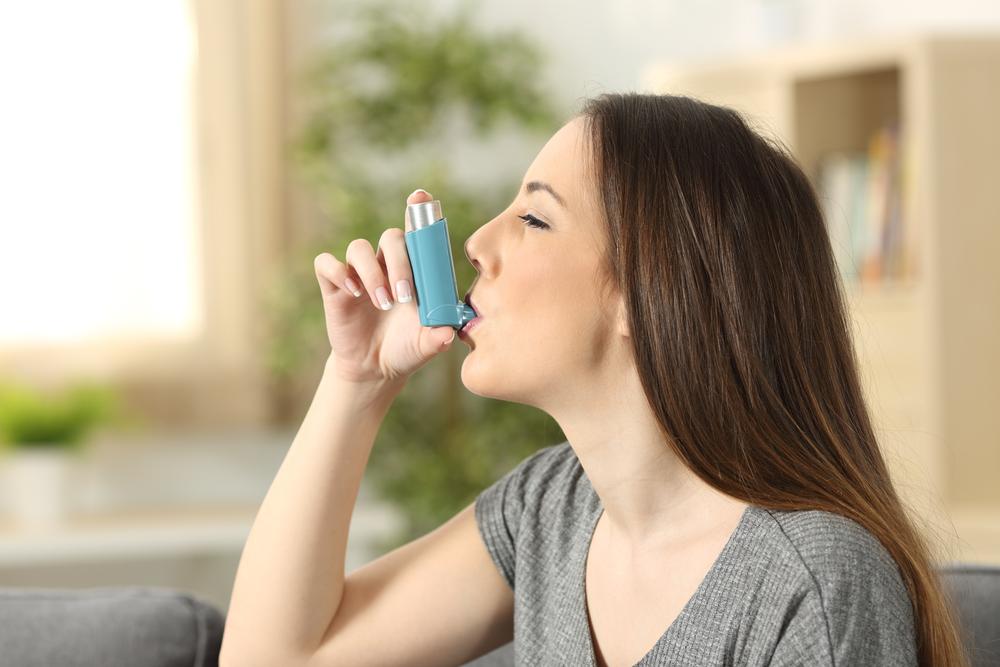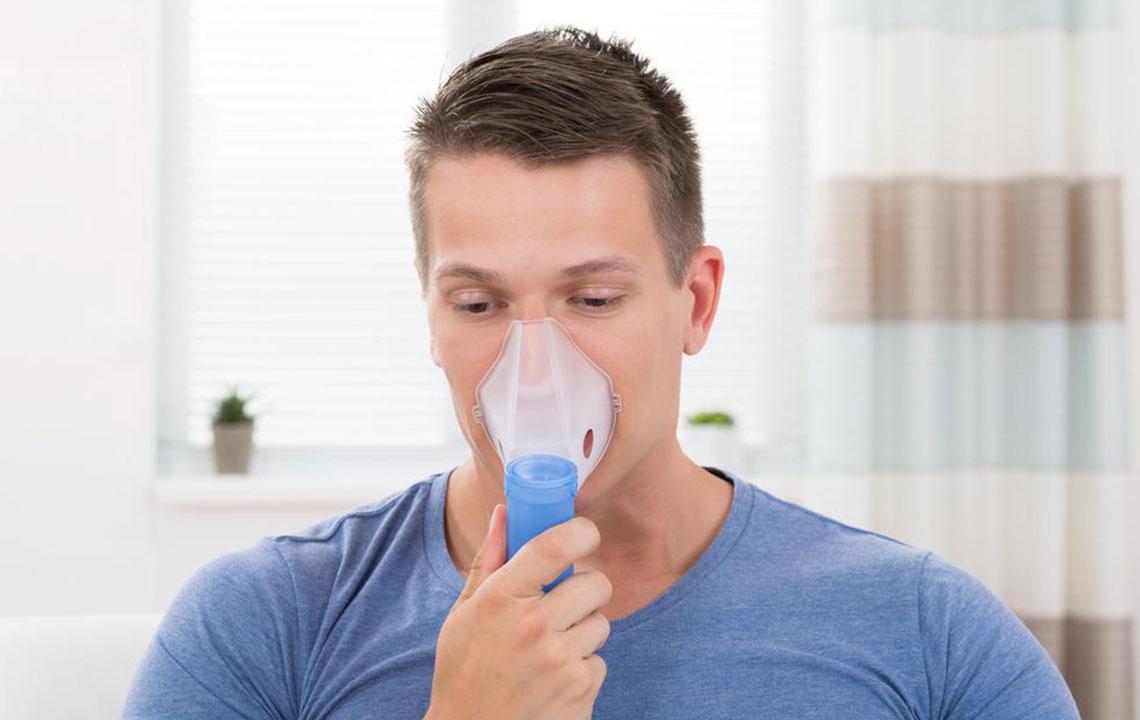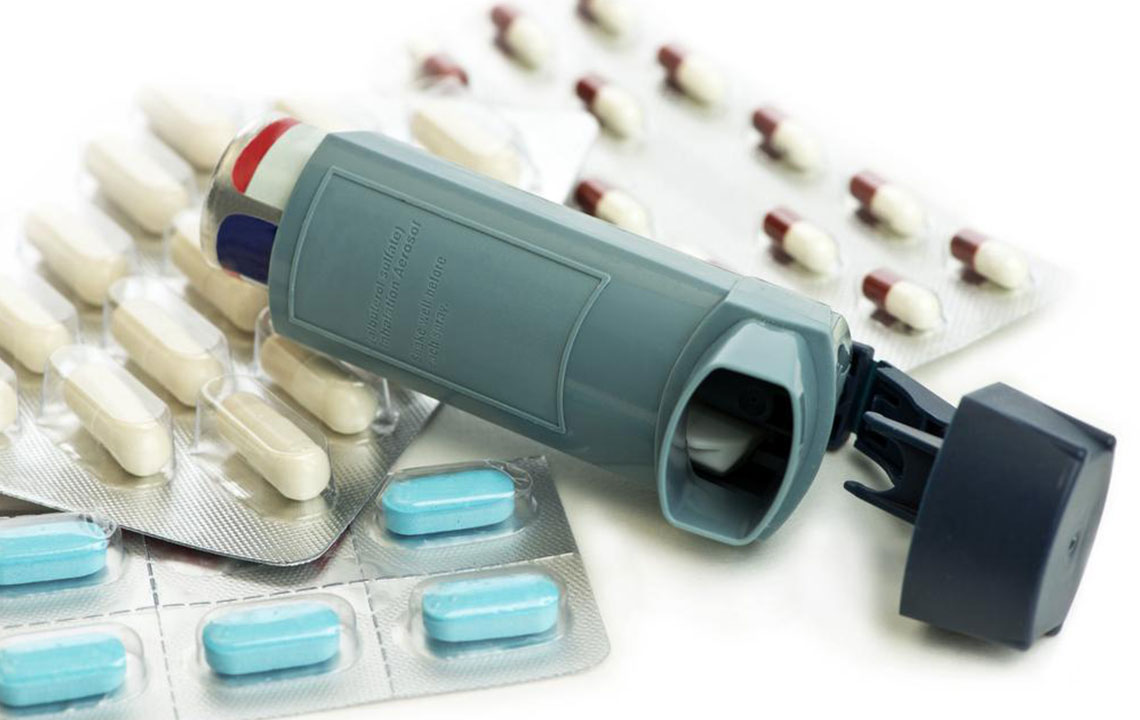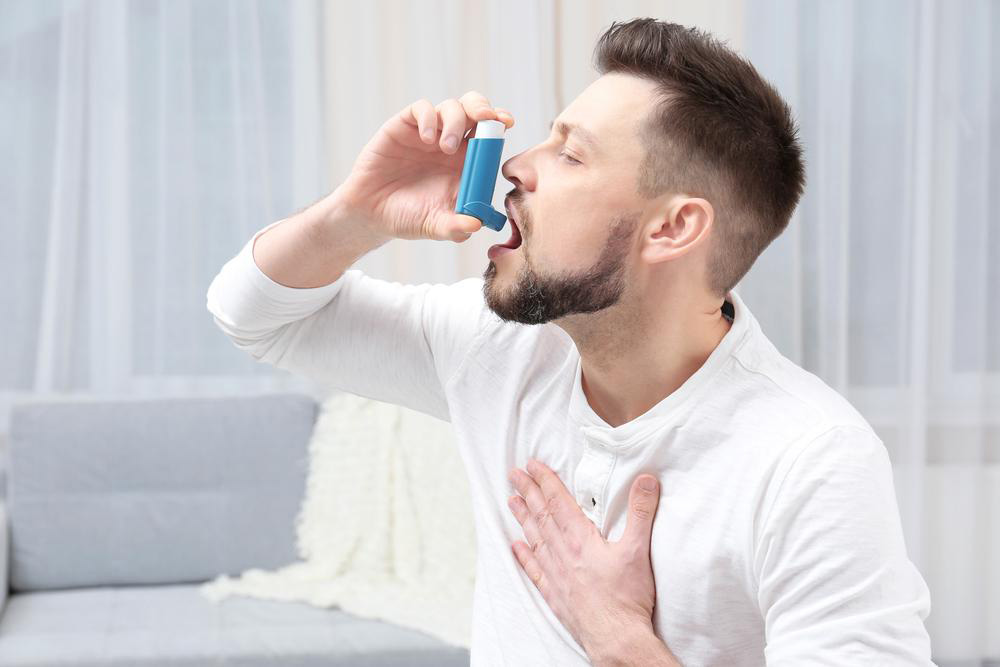Effective Use of COPD Respiratory Devices: Do They Make a Difference?
Explore how COPD respiratory devices assist in managing symptoms, including inhalers, nebulizers, and ventilators. Learn about their roles, types, and importance in improving quality of life for COPD patients, along with potential risks and precautions.
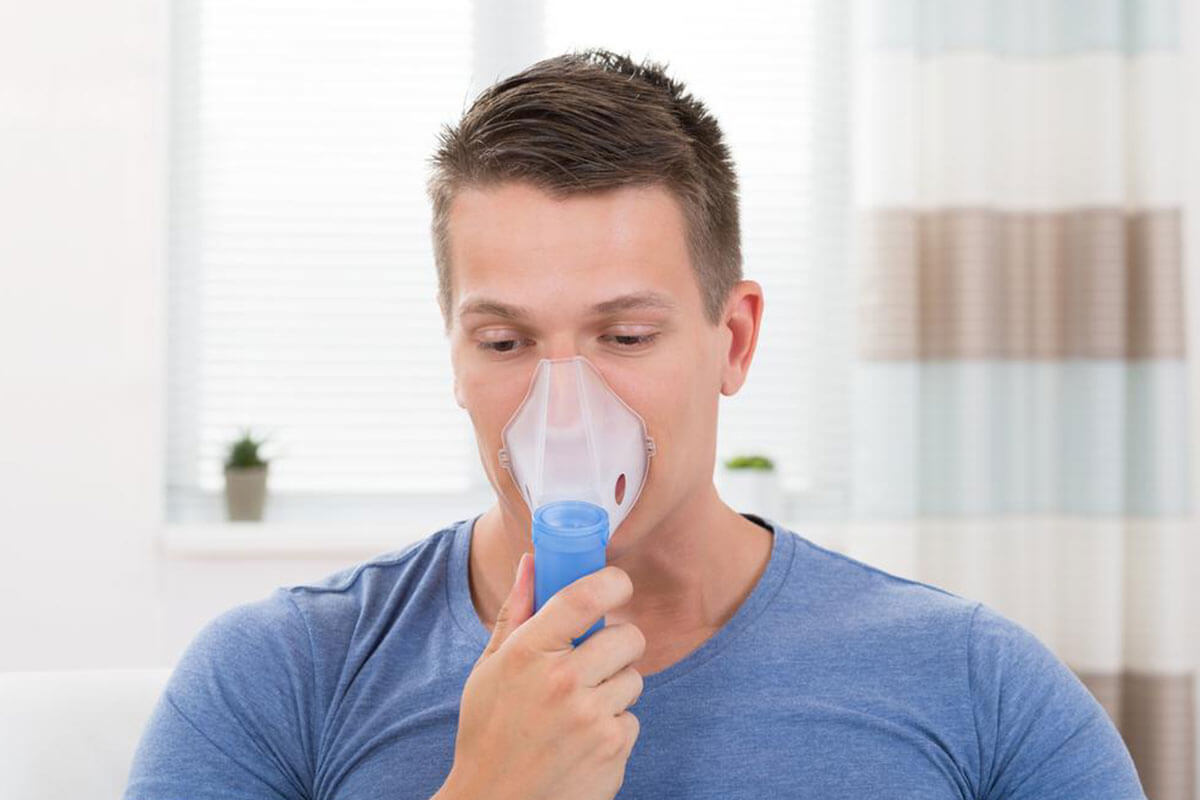
Are COPD Respiratory Devices Truly Beneficial?
Chronic obstructive pulmonary disease (COPD) is a progressively worsening lung condition that hampers breathing. While there is no cure, management with respiratory devices can significantly improve quality of life. Understanding how these devices support airway function is essential for patients and caregivers.
COPD involves damage to the lungs, making airflow difficult. The severity increases with age without proper treatment. The disease manifests mainly as two types:
Chronic bronchitis
This type causes persistent cough with excess mucus production, often linked to smoking or irritant exposure.
Emphysema
In emphysema, lung tissues lose elasticity, leading to reduced oxygen exchange and shortness of breath. Over-inflated alveoli hinder airflow, complicating breathing.
Though COPD is incurable, treatment options like respiratory devices can manage symptoms and slow progression. These devices are selected based on disease stage and patient needs. Below are common types:
Inhalers and nebulizers
These deliver medication directly to the lungs. Nebulizers turn liquid medicine into mist for easier absorption, while inhalers—such as MDIs, DPIs, and SMIs—provide targeted relief by opening airways and reducing secretions.
Ventilators
Used in severe cases, ventilators assist breathing when natural function is compromised. They include noninvasive options like NPPV (mask-based) and invasive types involving airway tubes. Chronic ventilators may be used for long-term support, sometimes requiring procedures like tracheostomy.
While NPPV is preferred due to its less invasive nature, some patients may need invasive methods during acute crises, which require careful management to avoid complications such as barotrauma or respiratory acidosis. The goal is to optimize patient comfort and survival.
Proper administration of these devices is crucial. Incorrect use can lead to complications like hypotension or hyperinflation, emphasizing the importance of tailored treatment plans. Despite challenges, respiratory machines play a vital role in improving COPD management and patient outcomes.


